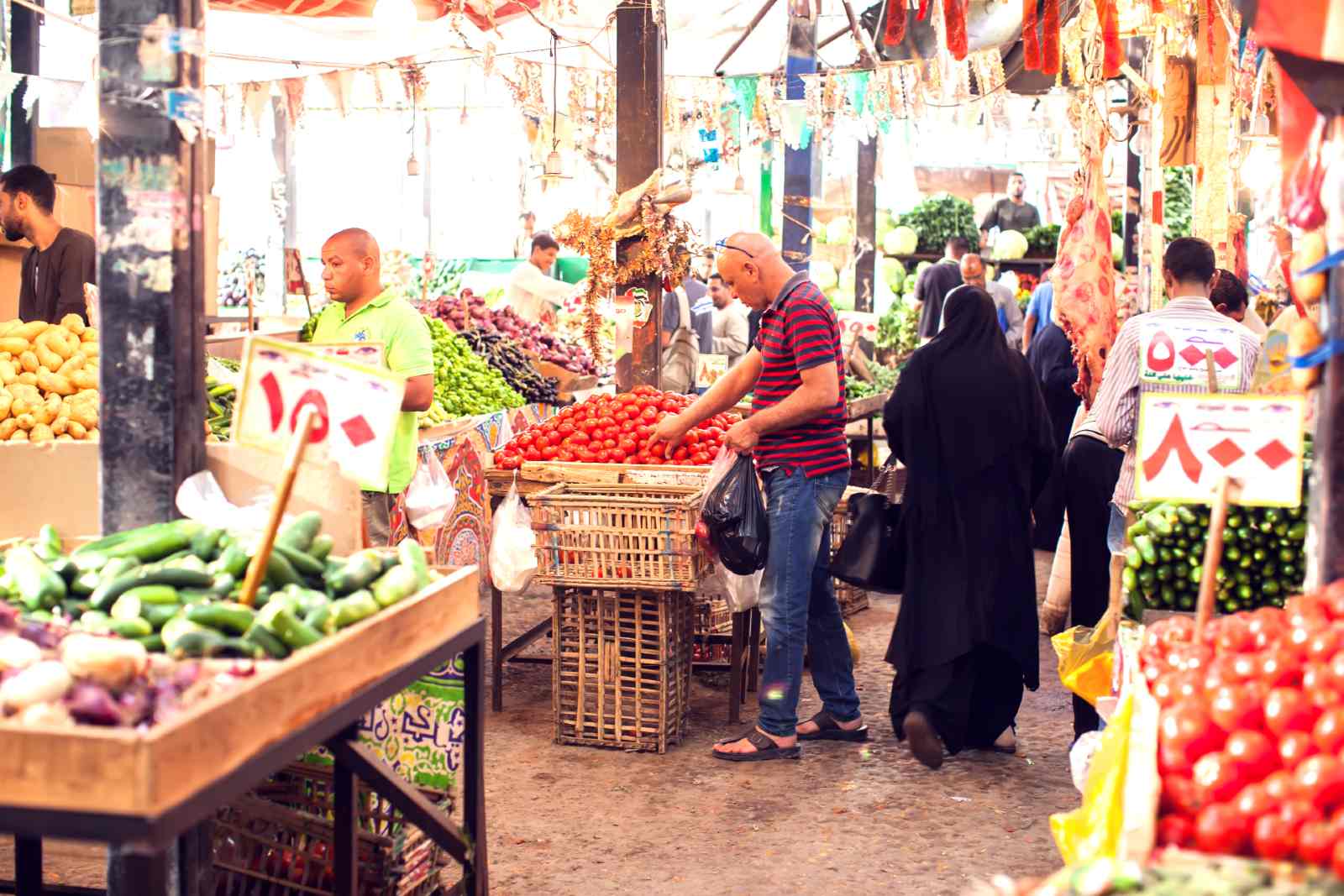Inflation slowed in June, but it was probably a one-off

Inflation unexpectedly slowed for the first time in seven months in June as food prices declined for a second month in a row, according to figures from state statistics agency Capmas. Consumer prices in urban areas rose 13.2% during the month, slightly slower than the 13.5% rate of growth we saw in in May. That defied the predictions of most analysts, who had expected rising global commodity prices to continue stoking local inflation. Overall, prices fell on a monthly basis for the first time since December, dipping 0.1%, the figures show.
You can thank a moderation in food prices: Food and beverage prices — the biggest component of the basket used to measure inflation — fell for the second month in a row, declining 1.8% m-o-m due to a large drop in the cost of fruits and vegetables. Food prices were up 22.3% on an annual basis, down from 24.8% in May.
BUT- The slowdown in food prices masked an increase in other items. Most of the other components of the inflation basket rose on an annual basis, with housing and utilities prices rising 7.6% (vs 7.4% in May), healthcare costs rising 4.3% (from 4.0% the month before) and clothes prices jumping to 9.0% (from 7.5% in May).
This pushed core inflation to its highest level since 2017: Core inflation, which strips out volatile items such as food and fuel, climbed 14.6% on an annual basis in June, up from 13.3% in May, according to central bank data (pdf). Core inflation is now at its highest since December 2017 and has more than doubled this year.
The EGP is likely responsible: “A large driver of the pick up in non-food inflation is likely reflecting the impact of a weaker currency,” James Swanston, MENA economist at Capital Economics, wrote in a note. The EGP has fallen 20% against the USD since March.
“The market is still absorbing the effects of the EGP devaluation as well as global inflation, in addition to the effect of higher customs rate for the USD,” Al Ahly Pharos economist Esraa Ahmed wrote in a note. This resulted in “an acceleration in average annual inflation for non-food items, rising from 9.8% in May to 10.4% in June,” she added.
Don’t be surprised if inflation returns to trend next month: “We believe inflation will continue to gain momentum in 3Q2022, with an expected monthly increase of 2.5-3% in July to reflect seasonal spending as well as the new energy prices introduced,” Alia Mamdouh, director of macro and strategy at Beltone Financial told us. “We foresee inflation averaging 15.9% in 3Q2022, up from an average of 13.2% in 2Q2022.”
Does 17% feel right for a peak inflation figure? Capital Economics sees inflation reaching a ceiling of 17% in 4Q. Goldman Sachs also sees a 17% peak this year before falling back to the central bank’s target range by the end of 2023. The central bank is currently targeting 7% (±2%) inflation by the end of 2022.
What does all this mean for interest rates? Most analysts expect the Central Bank of Egypt (CBE) to leave interest rates unchanged at its next meeting on 18 August. “The CBE might be reluctant to rush into rate hikes that are very costly to the Egyptian macro-fiscal front,” Ahmed wrote. “The CBE might prefer to hold rates in its upcoming meeting in August as the deviation from inflation targets is considered among the exogenous shocks that are outside the scope of monetary policy, that could be temporarily tolerated,” she added. Capital Economics thinks the central bank will raise rates by another 150 bps before the end of the year.
The CBE has already raised rates by 300 bps in the past four months in a bid to get a grip on inflation and curb outflows. The Monetary Policy Committee kept rates unchanged in its latest meeting in June and said that it would “temporarily tolerate” the elevated annual headline inflation rate relative to its target until 2023.
Who’s paying attention? The news is getting ink from the good people at Bloomberg.